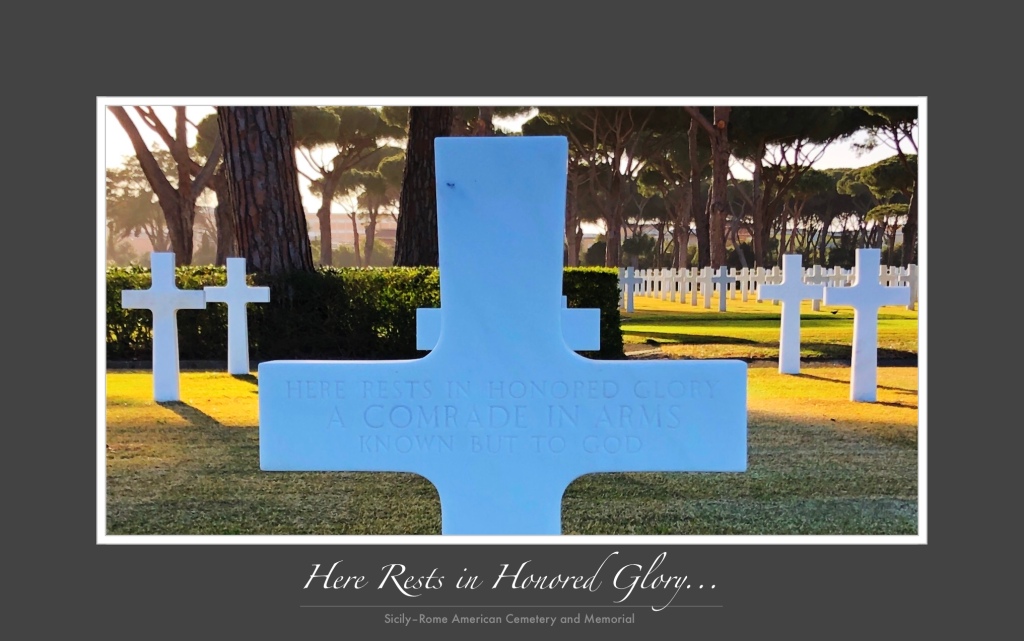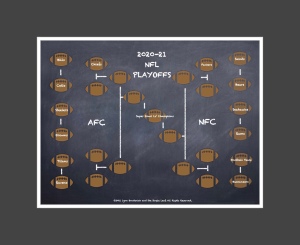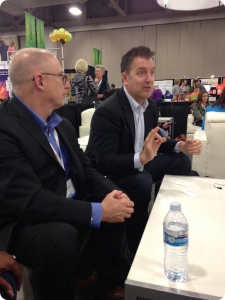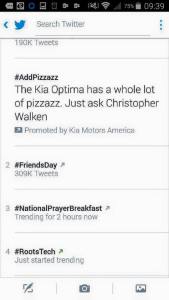
It’s Sunday, April 25th, a day that those of us in the United States have dubbed DNA Day, especially in the genealogical community. We celebrate the 25th because J. D. Watson and F. H. C. Crick published an article in Nature on this day in 1953. Its title is, “A Structure for Deoxyribose Nucleic Acid.”
In honor of the 50th anniversary of this discovery the United States Congress pass a resolution. It said,
S. CON. RES. 10
“Whereas April 25, 2003, will mark the 50th anniversary of the description of the double-helix structure of DNA by James D. Watson and Francis H.C. Crick, considered by many to be one of the most significant scientific discoveries of the 20th Century;
Whereas, in April 2003, the International Human Genome Sequencing Consortium will place the essentially completed sequence of the human genome in public databases, and thereby complete all of the original goals of the Human Genome Project;
Whereas, in April 2003, the National Human Genome Research Institute of the National Institutes of Health in the Department of Health and Human Services will unveil a new plan for the future of genomics research;
Whereas, April 2003 marks 50 years of DNA discovery during which scientists in the United States and many other countries, fueled by curiosity and armed with ingenuity, have unraveled the mysteries of human heredity and deciphered the genetic code linking one generation to the next;
Whereas, an understanding of DNA and the human genome has already fueled remarkable scientific, medical, and economic advances; and
Whereas, an understanding of DNA and the human genome hold great promise to improve the health and well being of all Americans: Now, therefore, be it Resolved by the Senate (the House of Representatives concurring), That the Congress—
- designates April 2003 as ‘‘Human Genome Month’’ in order to recognize and celebrate the 50th anniversary of the outstanding accomplishment of describing the structure of DNA, the essential completion of the sequence of the human genome, and the development of a plan for the future of genomics;
- designates April 25 as ‘‘DNA Day’’ in celebration of the 50th anniversary of the publication of the description of the structure of DNA on April 25, 1953; and
- recommends that schools, museums, cultural organizations, and other educational institutions across the nation recognize Human Genome Month and DNA Day and carry out appropriate activities centered on human genomics, using information and materials provided through the National Human Genome Research Institute and through other entities.”
Fast forward to 2013 when the 113th Congress passed H. Res. 180 in honor of the 60th anniversary:
H. RES. 180
Recognizing the sequencing of the human genome as one of the most significant scientific accomplishments of the past 100 years and expressing support for the designation of April 25, 2013, as “DNA Day”.
IN THE HOUSE OF REPRESENTATIVES
April 25, 2013
Ms. Slaughter (for herself, Mr. Burgess, Ms. Schakowsky, and Ms. Speier) submitted the following resolution; which was referred to the Committee on Energy and Commerce
RESOLUTION
Recognizing the sequencing of the human genome as one of the most significant scientific accomplishments of the past 100 years and expressing support for the designation of April 25, 2013, as “DNA Day”.
- Whereas April 25, 2013, is the 60th anniversary of the publication of the description of the double-helical structure of deoxyribonucleic acid (DNA) in the scientific journal Nature by James D. Watson and Francis H.C. Crick, which is considered by many to be one of the most significant scientific discoveries of the 20th century;
- Whereas their discovery launched a field of inquiry that explained how DNA encoded biological information and how this information is duplicated and passed from generation to generation, forming the stream of life that connects us all to our ancestors and to our descendants;
- Whereas this field of inquiry in turn was crucial to the founding and continued growth of the field of biotechnology and of genomics, which have led to historic scientific advances for the world, advances in which the people of the United States have played a leading role and from which they have realized significant benefits;
- Whereas from 1990 to 2003, genomic research centers in the United States and around the world worked together on the Human Genome Project, which elucidated the sequence of the human genome, the genetic blueprint of the human body, and made that data available publicly;
- Whereas April 14, 2013, marked the 10th anniversary of the Human Genome Project’s completion;
- Whereas the sequencing of the human genome has already fostered research discoveries that have led to advances in medicine, and as genome sequencing becomes faster and less expensive, will enable researchers to further improve human health and medical care;
- Whereas the cost and time needed to sequence a human genome has decreased rapidly, from $1,000,000,000 and 6 to 8 years during the Human Genome Project to less than $5,000 and 2 to 3 days in 2013;
- Whereas in 1990, when the Human Genome Project began, there were only 4 FDA-approved drugs with pharmacogenomic information on their labels, and then by 2013, this number had increased to over 100;
- Whereas a study conducted by the Battelle Institute found that for every dollar of United States Federal investment in the Human Genome Project, there was $141 in economic activity generated in return;
- Whereas the National Human Genome Research Institute of the National Institutes of Health has provided an exemplary model for social responsibility in scientific research, by devoting significant resources and leadership to studying the ethical, legal, and social implications of genomics research;
- Whereas genomic medicine will be enhanced by increasing the public’s awareness and understanding of genomics; and
- Whereas April 25, 2013, is an appropriate day to designate as “DNA Day” in celebration of the 60th anniversary of the publication describing the structure of DNA on April 25, 1953: Now, therefore, be it
Resolved, That the House of Representatives—
(1) recognizes the sequencing of the human genome as one of the most significant scientific accomplishments of the past 100 years;
(2) honors the 60th anniversary of the outstanding accomplishment of describing the structure of DNA and the 10th anniversary of completing the Human Genome Project;
(3) supports the designation of “DNA Day”; and
(4) encourages schools, museums, cultural organizations, and other educational institutions in the United States to recognize “DNA Day” with appropriate programs and activities centered on human genomics.
As I mentioned in my presentation for RootsTech Connect, the world of genetic genealogy has collided with both medicine and law enforcement, although both of these fields have been using DNA longer than genealogists. It is the way we, as genealogists, analyze and correlate the genetic information that has become useful to these other disciplines.
But DNA’s impact continues to expand. A recent article in the New York Times (NYT) discusses the benefit to using genetic genealogy to identify fallen soldiers and bring them home. It is in line with the United States Army’s values espoused in “The Soldier’s Creed,”
“I will never leave a fallen comrade.”
Since World War II the Defense Department has sought to recover and identify America’s soldiers. From the Tomb of the Unknown Solider at Arlington National Cemetery to the graves labeled “Known But to God” in the 26 permanent American military cemeteries through the world, we now have a new way that these soldiers can be identified.
Currently the Defense POW/MIA Accounting Agency (DPAA) outlines the procedure as follows:
“Scientists use a variety of techniques to establish the identification of unaccounted-for individuals, including analysis of skeletal remains and sampling mitochondrial DNA. They also analyze material evidence, personal effects and life support equipment. The agency medical examiner evaluates these overlapping lines of evidence in an effort to identify the remains…”
“The lab uses mtDNA in about three-quarters of its cases…This sequence is compared with sequences from family reference samples provided by living individuals who are maternally related to the unidentified American…Generally, all persons of the same maternal line have the same mtDNA sequences. Since these sequences are rare but not unique within the general population, they cannot stand alone as evidence for identification. In addition to the factors previously mentioned, each separate line of evidence must be examined at the lab and correlated with all historical evidence. All reports undergo a thorough peer review process that includes an external review by independent experts.”
But, is there a better way? According to the NYT article, Timothy McMahon thinks so. He oversees DNA identification of the remains for the Armed Forces Medical Examiner System. He is quoted as saying, “The technology is there—we just have to develop the policy to use it.”
Ed Huffine, who headed testing of remains from past wars for the Armed Forces DNA Identification Lab in the 1990s added, “Right now they are doing it backward, so you have policy getting in the way of science…”
“Switching to DNA-first will be faster, cheaper and produce better results,” he said. “It just makes sense.”
Given that in 2013 Congress lauded the savings provided by the “United States Federal investment in the Human Genome Project” and that, according to Battelle Institute’s study, “there was $141 in economic activity generated in return” for every dollar invested, isn’t it time to re-evaluate methods, update procedures, and return identity to our fallen soldiers?
The NYT article highlighted a 16-year-old soldier named Private Melton Futch of the 92nd Infantry Division. His grave is marked similar to the photograph I took posted above; it might even be his grave. I’ve been to the Sicily-Rome American Cemetery multiple times and it’s a place of solemn education for me. There are 490 unidentified soldiers in 488 graves in this one cemetery. Then there is Normandy American Cemetery, where the average age of a soldier was 24 years. The age of my son when we visited. It was a poignant moment for this mother.
Each unidentified soldier that lay in these graves or elsewhere made the ultimate sacrifice. Can we not expedite their identification by authorizing the use of investigative genetic genealogy (IGG)?
What do you think?
© 2021 Lynn Broderick, a.k.a., the Single Leaf. All Rights Reserved












